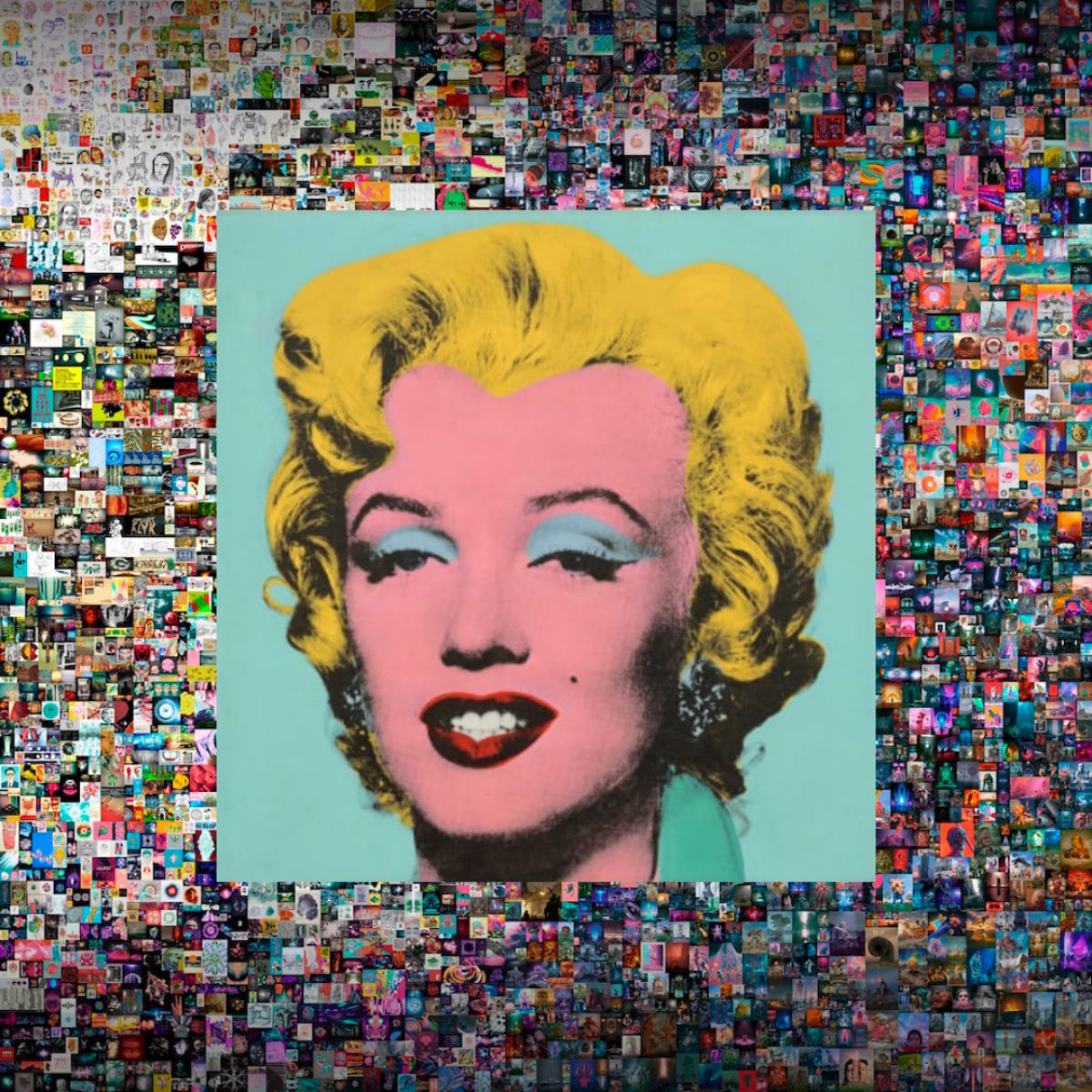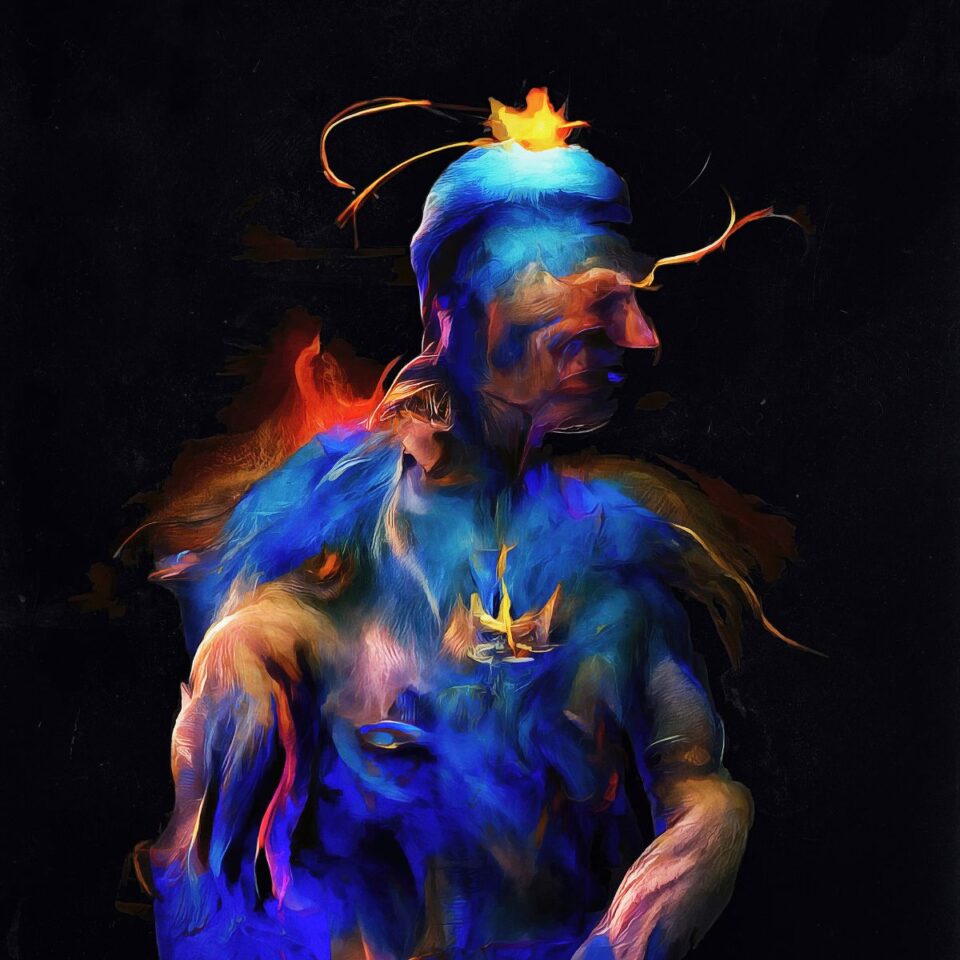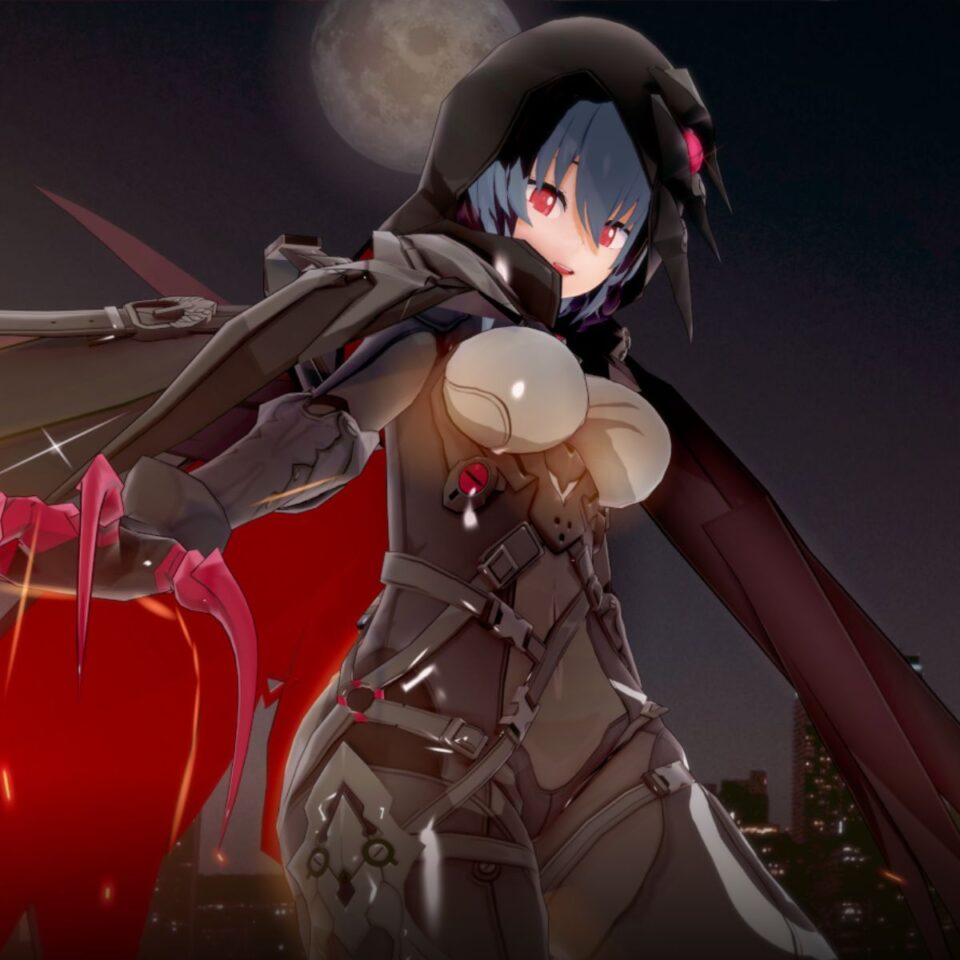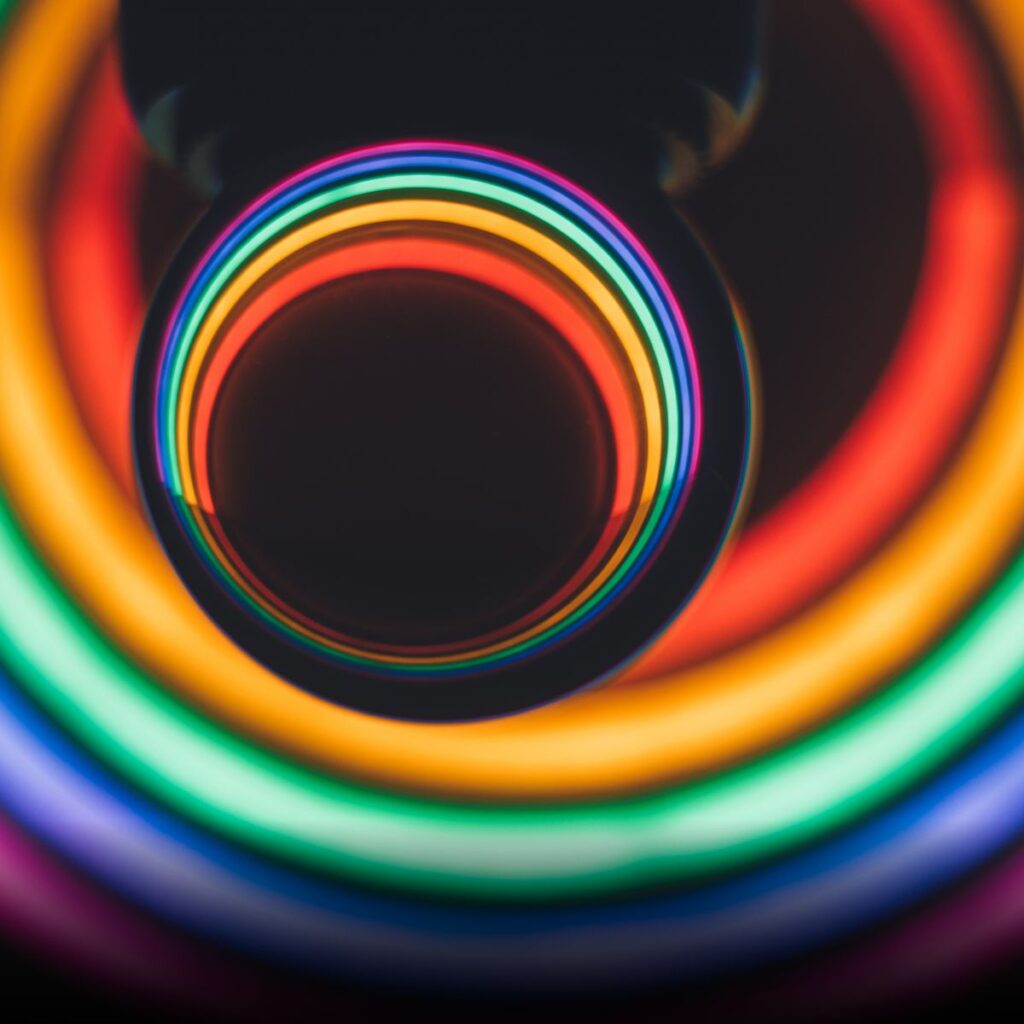An iconic portrait of Marilyn Monroe by Andy Warhol is heading to auction soon, and it’s priced at $200M. If it sells for this amount, it will become the most expensive piece of pop art ever sold. This, coupled with the recent sale of his Silver Car Crash (Double Disaster) for $105M, is cementing the famous pop art pioneer as one of the most valuable artists in history.
But this wasn’t always the case. Which seems weird, right? I mean, virtually everyone recognizes a Warhol when they see it. The vibrant portraits of celebrities, the rows of Campbell’s Soup Cans, or the mundane stacks of Brillo Boxes represent some of the world’s most recognizable pieces of art. So, it may come as a surprise to some, that for decades, the art world actually hated Warhol – and pop art, in general.
Why? Because pop art was accessible. It was an easy visual language that everyone could understand, relate to, and enjoy. Accessibility is not a characteristic of the art world – an industry that has built itself on exclusivity, not inclusivity. And pop art is inclusive. It mirrors mass culture. Mass production. Mass consumerism. This has and continues to make pop art something that virtually everyone can relate to.
And while the art world tries to adapt to this idea, the NFT world has already embraced it. By using these same principles of accessibility, NFTs are transforming the way art is created, collected and shared with the masses.
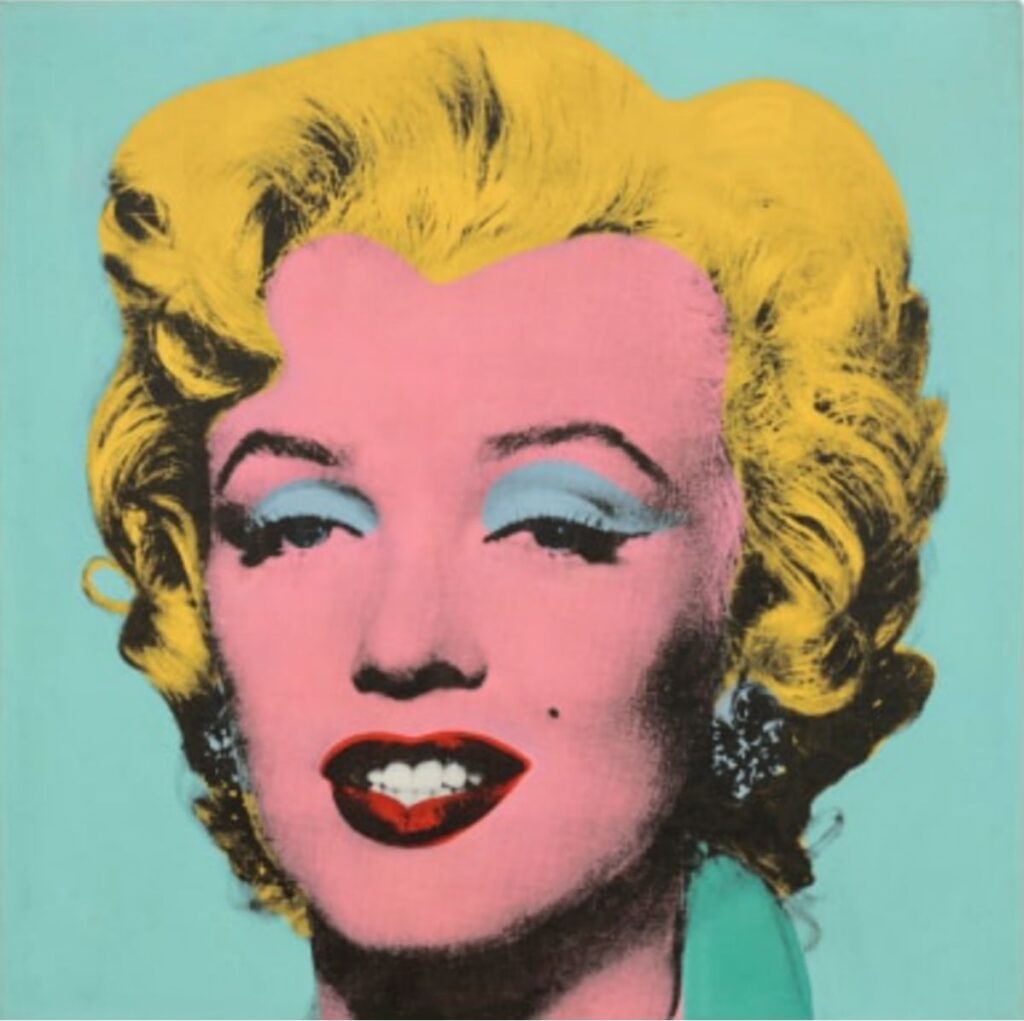
How Pop Art Paved the Way for NFTs
Did you know that Warhol started his career as an illustrator and graphic designer? So did many other famous pop artists. Design principles like bright colors, composition, and repetition have made graphic design and illustration effective forms of visual language. The formula is simple – it’s easy for anyone to see and understand. And just like pop art before it, this formula is finding its way into the NFT space.
Collections like the Bored Ape Yacht Club and CryptoPunks are perfect examples. The artists behind these uber-successful projects use digital design principles to make their images fun, engaging and accessible. This accessibility makes them inclusive. And this inclusivity is what keeps these projects thriving – ultimately allowing their creators to build entire communities and ecosystems around their collections.
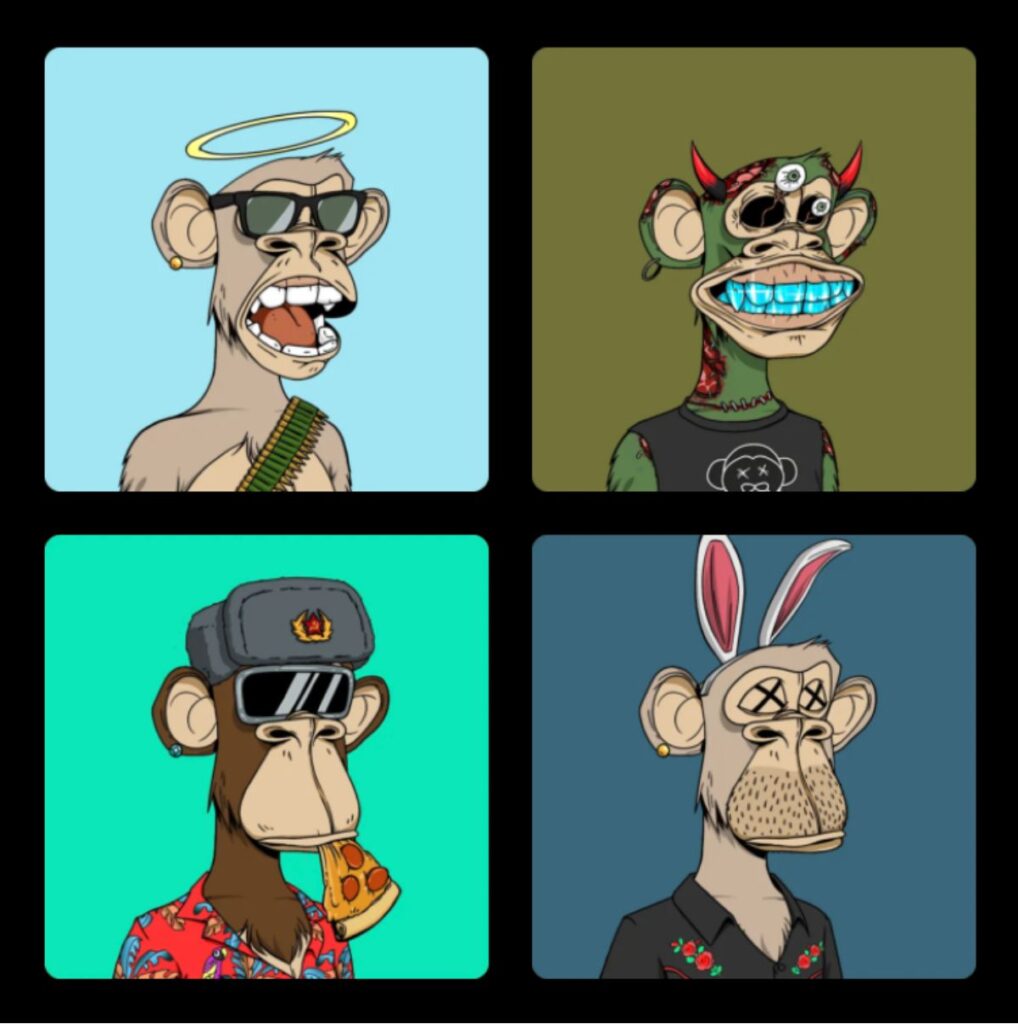
Beeple and The $69 Million NFT That Changed the Art World
Think about the most exciting things from history. Boxes of old letters. Worn-out sketchbooks. Journals. Lyrics scribbled on napkins. These are called primary documents. And they represent a way of seeing history through the lens of individual lived experience(s). Primary documents allow us to gain insight into the personal journeys of people who participated in, or were witnesses to, events that shaped the world. And, generally, they’re just far more interesting than reading a history textbook.
Around 14 years ago, a digital artist who goes by the name Beeple, began drawing. He did this every day for 5000 Days. Then, one day, he pulled all those digital drawing together in a single, massive jpeg called, The First 5000 Days. This jpeg sold for $69M. This may seem silly to some, but this jpeg is a primary document exploring the evolution of one of the first successful digital artists in NFTs. Meaning that this piece, may not just simply represent the journey of a single artist, but [potentially] an entire shift in how we collect, create and consume art indefinitely.
Because of this, The First 5000 Days could very well become one of the most important pieces of work in all of art history. At least, that’s what Beeple’s collectors are banking on.
Just like Pop Art, the Value in NFTs is Measured by the People
While Beeple’s art may now be outside of the average person’s price range, there is plenty of accessible art in the NFT space. With price tags ranging from close to nothing up into the millions, there is an entry point for everyone in NFTs.
Because, whether it’s a $200M Warhol, $69M Beeple jpeg, a 7.9 ETH ($23K) World of Women piece or a completely new, unknown artist entering the space, there is tons of new work being minted every day. And collecting art is now for everyone – not just a few. The motivation behind collecting varies – some collectors are looking for utility; some are simply looking for something they like. It’s a relatively simple principle that has guided pop art for decades and ushered us into this new digital art space. And, as far as we can tell, it’s all here to stay.

“Buying is much more American than thinking.”
This famous quote by Warhol himself tells us all we need to know about what’s going on in the NFT space. Buyers that saw the success of Beeple’s First 5000 Days wanted in on the action. It was a frenzy [and continues to be]. Naturally, thousands of creators jumped on board to make some quick cash. But this model seems unsustainable, so it’s unlikely to continue.
Because while the rules that define art collecting are changing, some remain the same. And those entering the space – as creators or collectors – may want to consider some of these.
Consistency is Key.
One and done artists are probably not going to survive. Creators trying to piggyback off the success of Beeple or the Bored Ape Yacht Club have their work cut out for them. That’s because these guys are in it for the long-haul – forging a path for other creators that want to make this a legitimate and sustainable career.
There are new paths to forge as well, so creators who want to get into NFTs need to be unique and consistent. In time, these are the ones who will stand out. Beeple continues to create his daily images and the Bored Art Yacht Club continues to build their project with seemingly infinite possibilities and reach. The long-term success in this space will continue to belong to those who are consistent. The creators and artists that are committed to their work.
This is where NFTs don’t really stray from the rules of the traditional art world. Collectors like career artists, not hobbyists. For artists, this means a commitment to your craft. For collectors, this means finding artists who have that level of commitment. But buyers in the NFT space shouldn’t just seek commitment; they should also be looking for something else: what they like.
Buy Art you Actually Like.
Prior to selling his $69M jpeg, the most Beeple ever got for a work of art was $100. At the time, the collectors who bought those $100 pieces were just fans who enjoyed Beeple’s work. They could never have predicted that what they were buying would reach the level of value that it now holds.
For collectors, this means that buying what you like is probably your best approach when it comes to NFTs. The artist may succeed, or they may not. But if you own what you like, you won’t ever regret your buying decision(s).
The space is so new that it’s hard to tell what will work and what will not in the long-term. So, a straightforward principle to live by is to just buy what you like. Build a collection of art that you enjoy – and, if it goes somewhere, awesome. If not, at least you have a collection that you actually want.
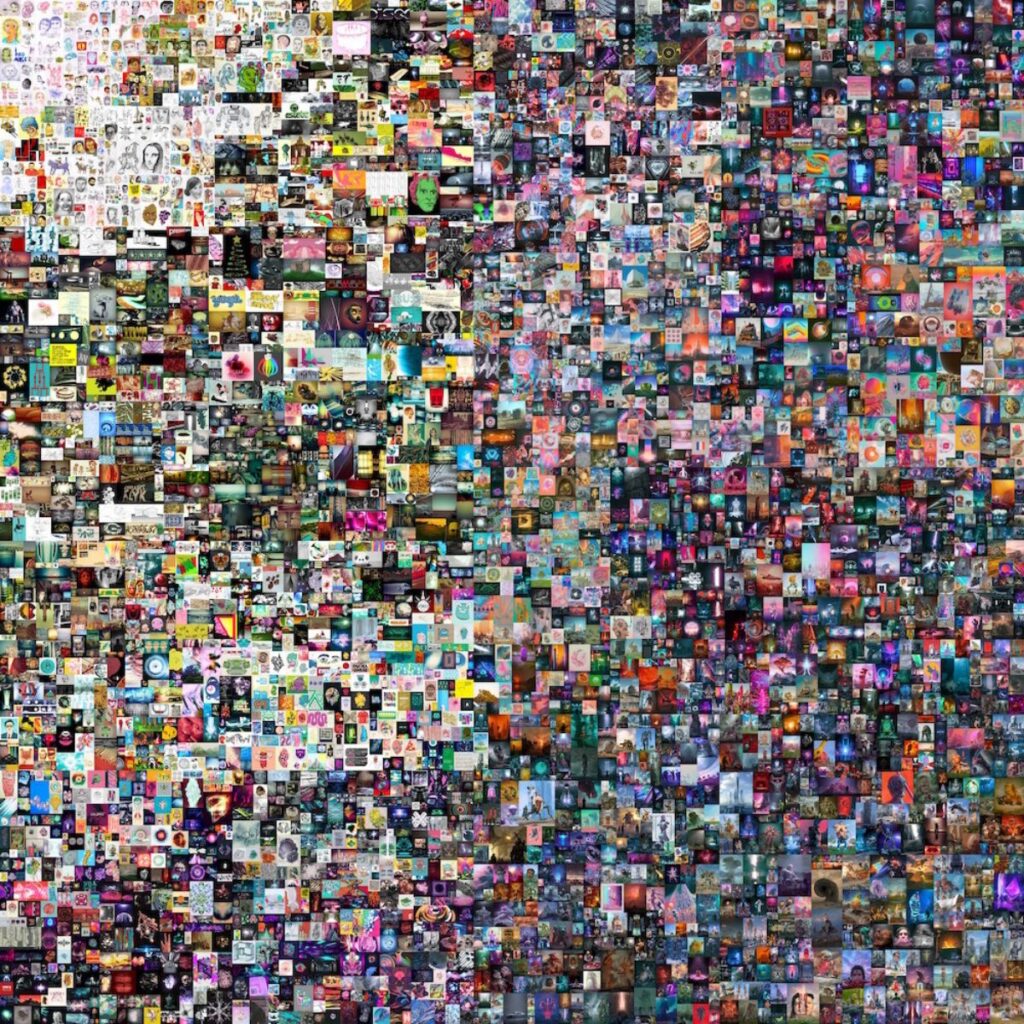
Conclusion
Pop art isn’t going anywhere. The style remains the formula for mass appeal. People just…like it. In the NFT space, we see this same formula gaining success with generative art projects like the Bored Ape Yacht Club and CryptoPunks. They embody that same aesthetic that attracts the masses, pioneered by the great pop artists. Although undervalued in the past, this aesthetic is now shifting our entire perception of value. And this new value is derived from the voice of the majority, no longer the minority.
Ultimately, some of these projects will be worth nothing someday. Some may be worth billions. No matter what happens though, this space belongs to creators and lovers of creations. The rest will [probably] just work itself out – because, WAGMI. 🙂
Join the OIX Discord community now!
